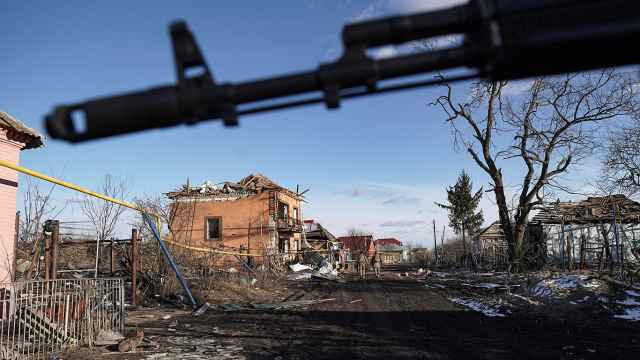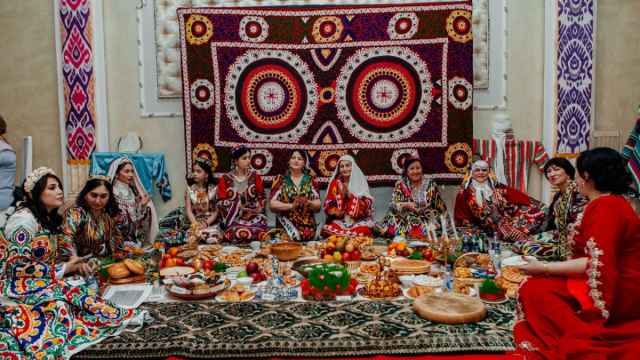Sokol Artists' Village in the Colors of Autumn
In 1923, after Vladimir Lenin approved legislation allowing cooperative ownership of housing, a group of Muscovites joined together to build a small village at the outskirts of Moscow.
Inspired by British urban planner Ebenezer Howard's notion of a "garden city" that mixed urban amenities with individual houses and garden belts, the group of teachers, artists, economists, agronomists, workers and other started planning and their model neighborhood.
The law allowed then to maintain residency for 35 years in return for purchasing a share of the setttlement. They built 114 houses on streets named after famous Russian artists - hence the name "artists' village."
The houses were designed by some of the finest architects of the time, including the Vesnin brothers, Nikolai Markovnikov and Ivan Kondakov. Alexei Shchusev took part in the general planning.
Inspired by British urban planner Ebenezer Howard's notion of a "garden city" that mixed urban amenities with individual houses and garden belts, the group of teachers, artists, economists, agronomists, workers and other started planning and their model neighborhood.
The law allowed then to maintain residency for 35 years in return for purchasing a share of the setttlement. They built 114 houses on streets named after famous Russian artists - hence the name "artists' village."
The houses were designed by some of the finest architects of the time, including the Vesnin brothers, Nikolai Markovnikov and Ivan Kondakov. Alexei Shchusev took part in the general planning.
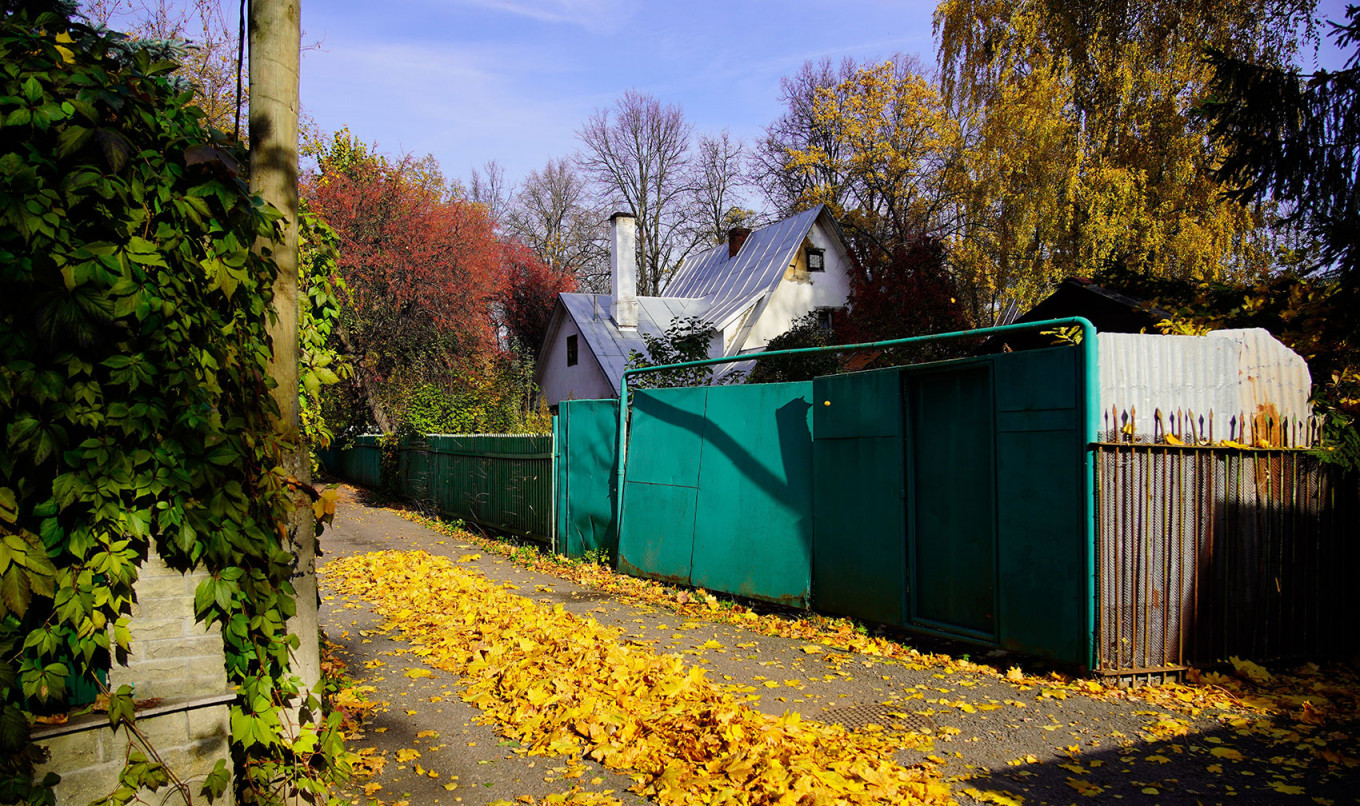
Over the years the cooperative added a library, cafeteria, sports fields, and a day care center.
Alexander Avilov / Moskva News Agency
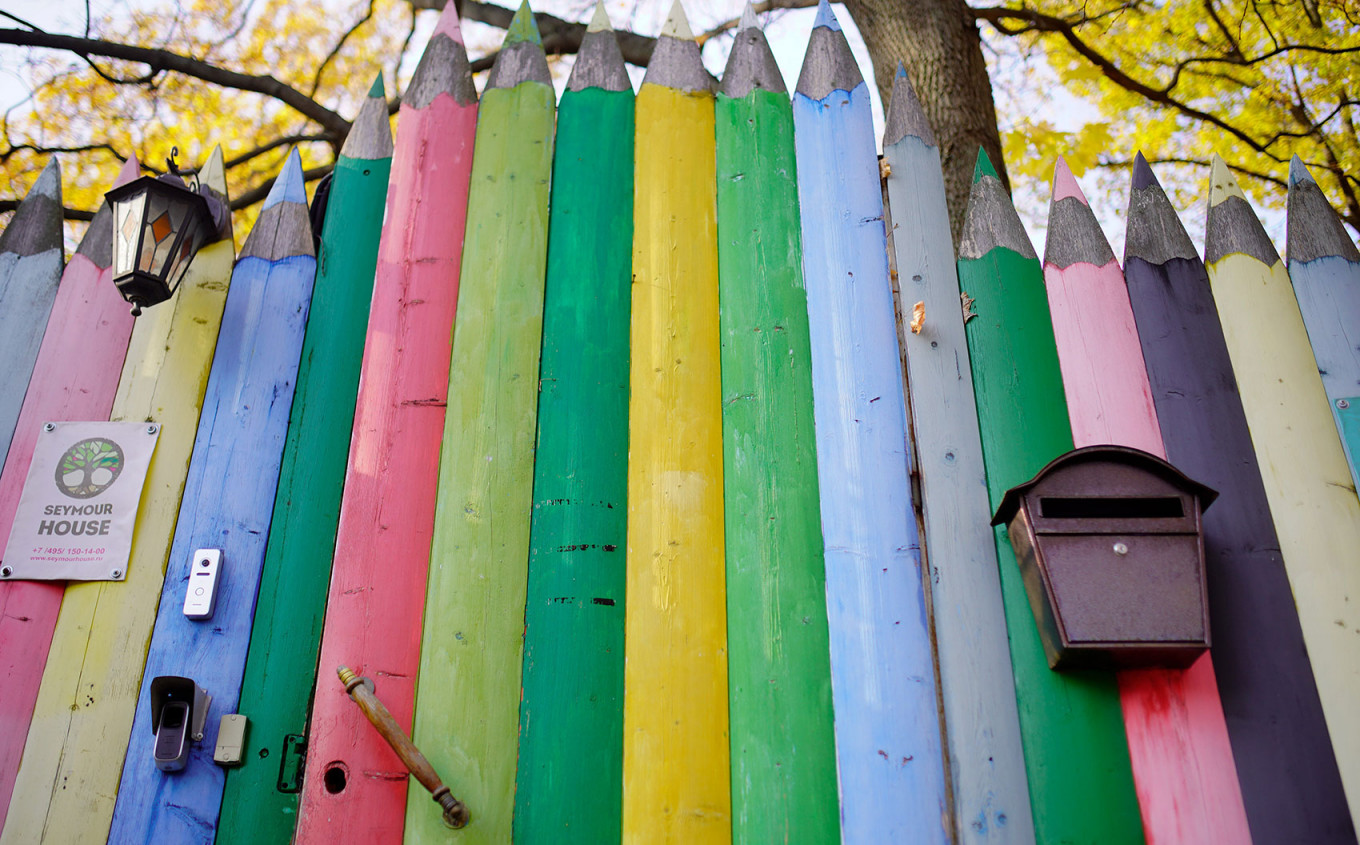
The Seymour House is a Montessori School for children aged two months to 18 years. It offers classes in a log-cabin-style house with a large yard for activities.
Alexander Avilov / Moskva News Agency
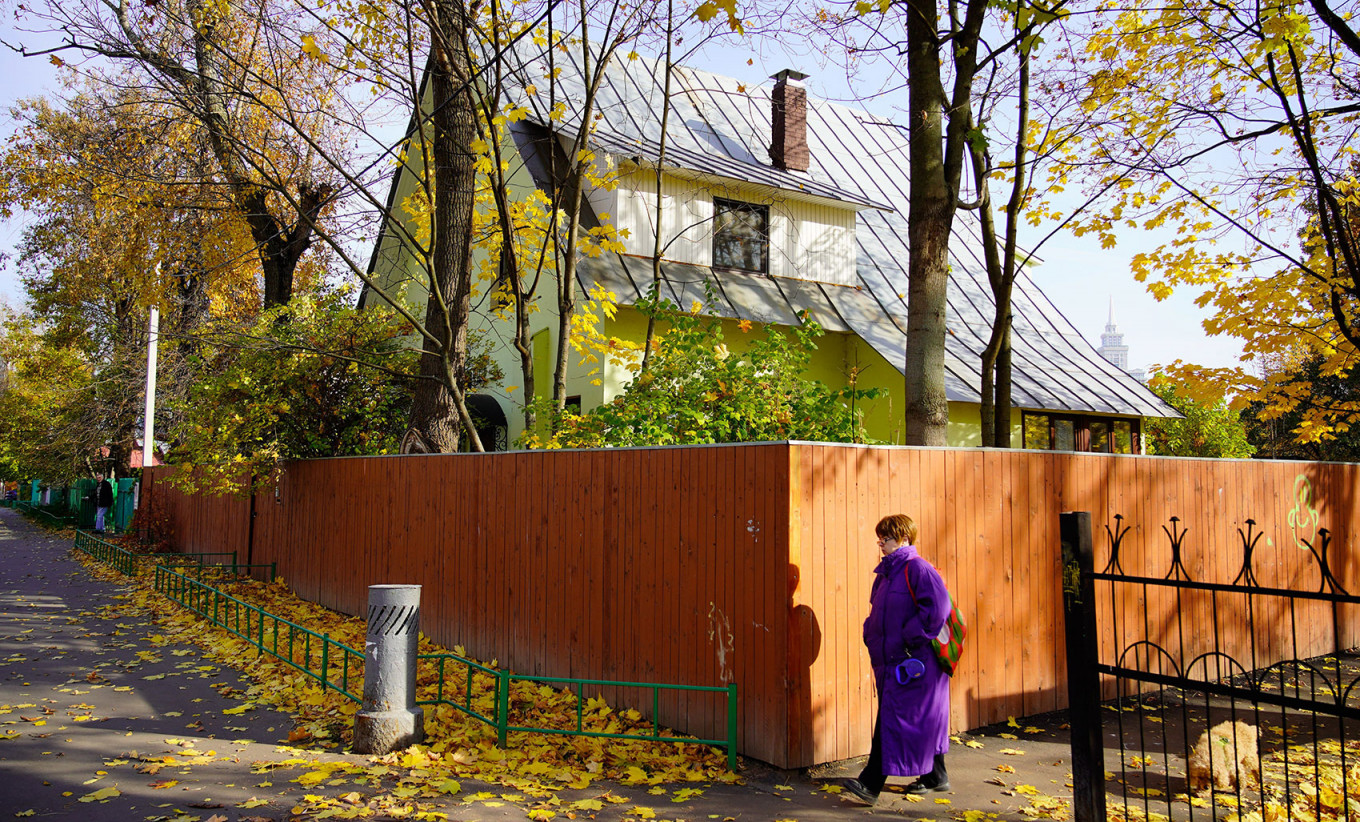
In 1936 Josef Stalin outlawed the cooperative movement. All the houses became the property of the city government and owners became renters. During the late 1930s many of the residents were purged during the Stalinist repressions.
Alexander Avilov / Moskva News Agency
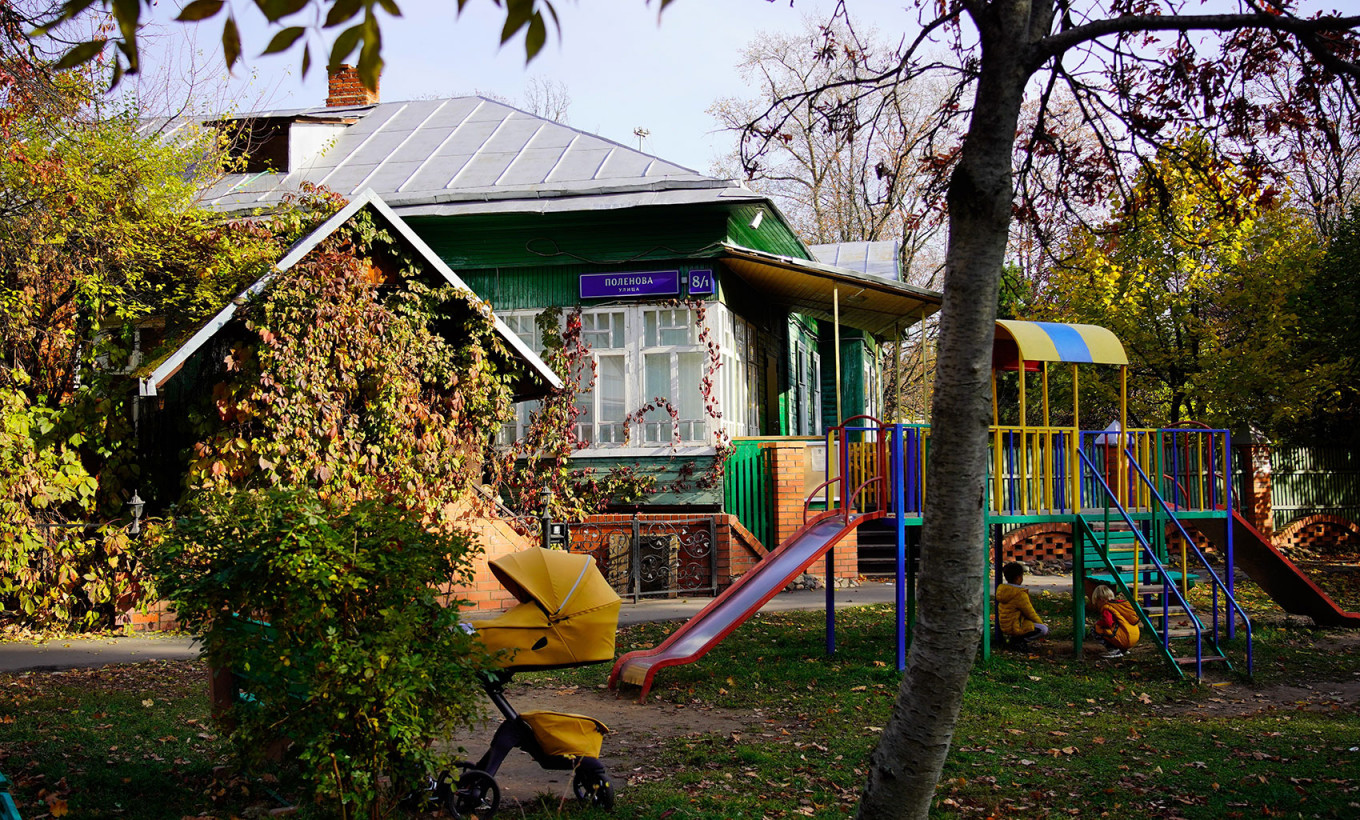
In the post-war period the residents began to upgrade their houses and bring in modern conveniences. Gas was brought to the community in 1964, and residents could stop heating their houses and cooking with wooden-burning stoves.
Alexander Avilov / Moskva News Agency
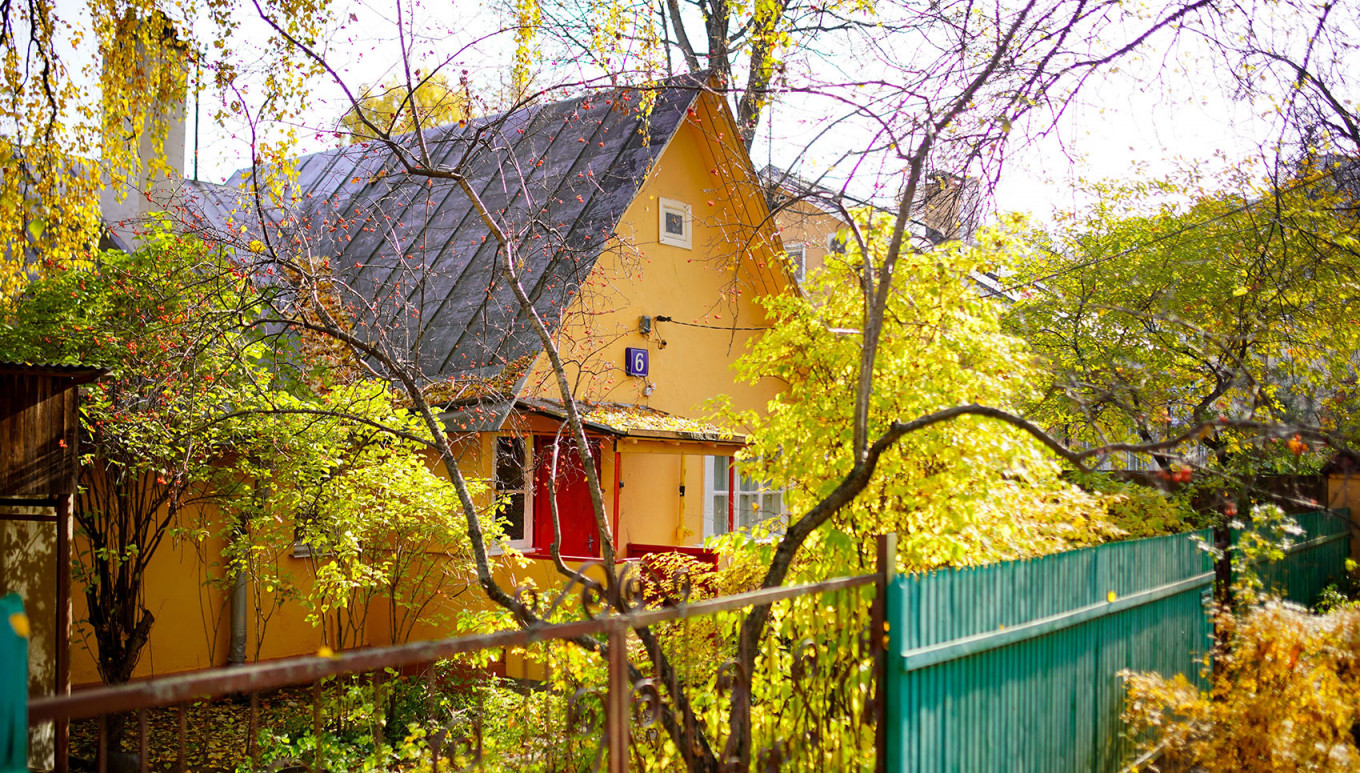
In the past 70 years, the city government proposed tearing down the settlement in part or in full many times, but the residents always succeeded in fighting off developers.
Alexander Avilov / Moskva News Agency
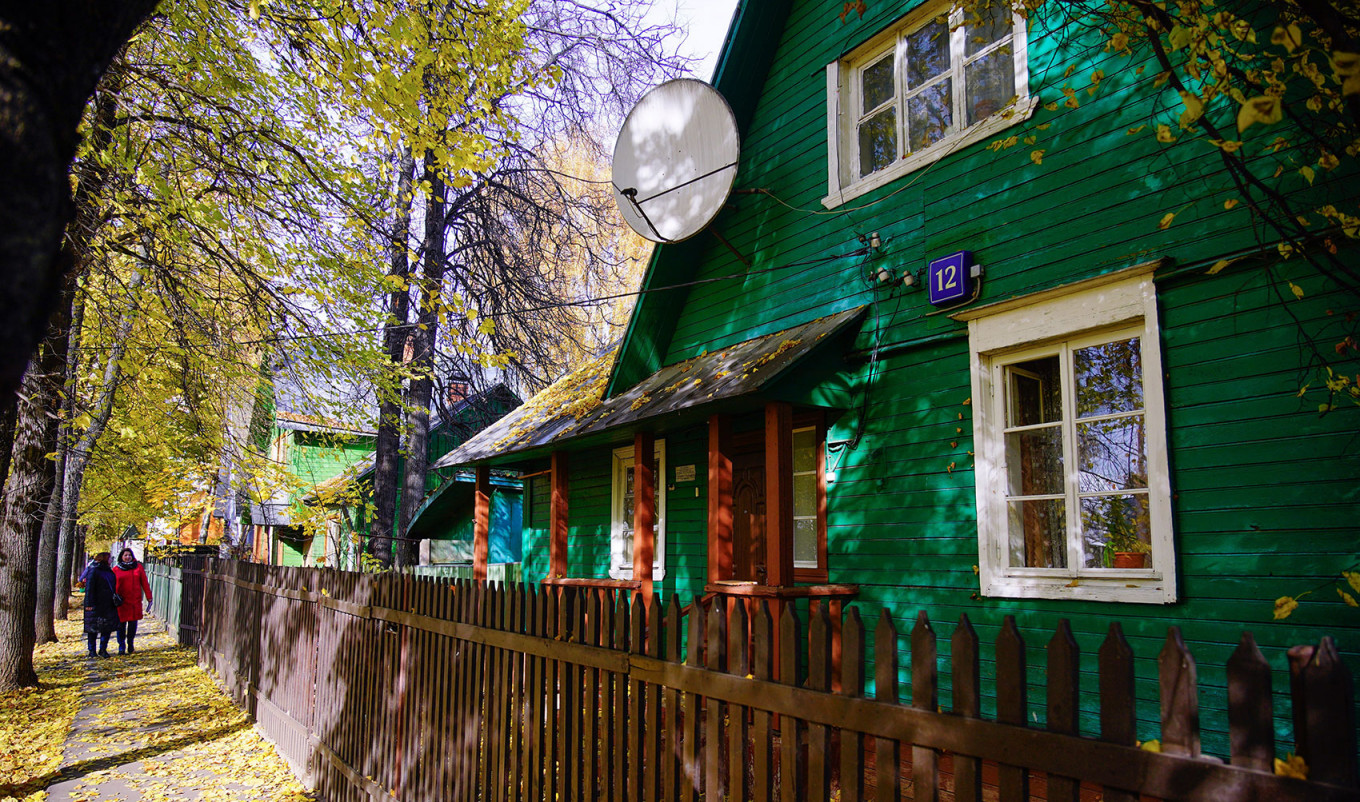
In 1979 the area was made a protected landmark area, and in 1989 the residents were permitted to set up a self-governing territory.
Alexander Avilov / Moskva News Agency
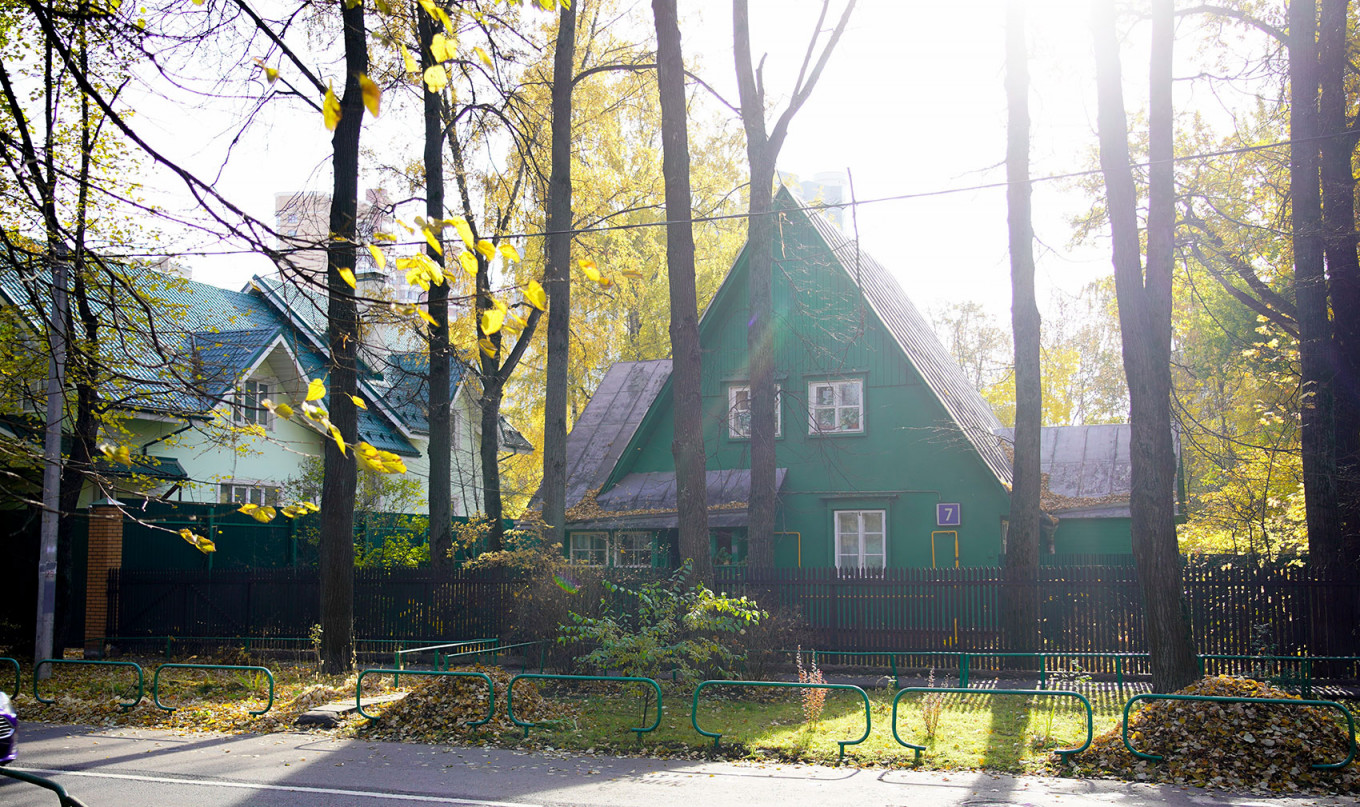
Most of the houses have changed hands over the years, and despite restrictions on building, a few houses were torn down and modern mansions built in their place.
Alexander Avilov / Moskva News Agency
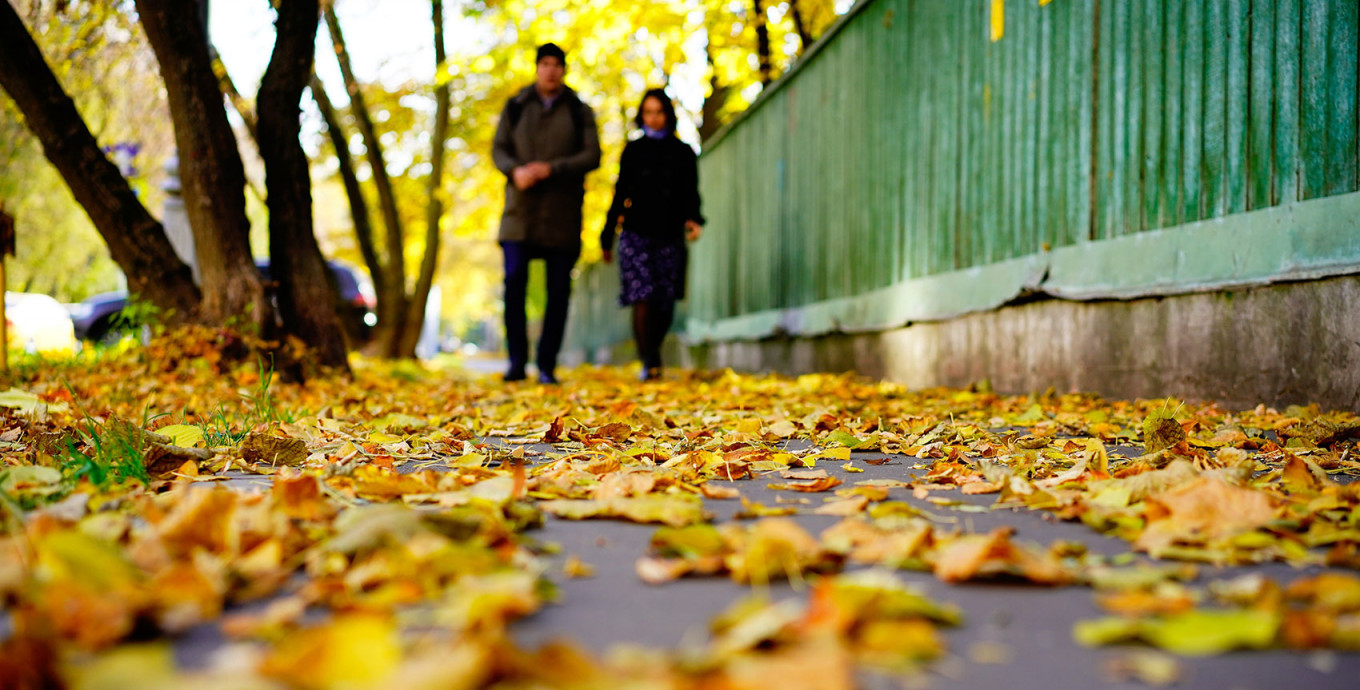
Despite the many travails over the years, the Sokol "artists' village" remains a unique experiment in cooperatives and country-city living.
Alexander Avilov / Moskva News Agency



